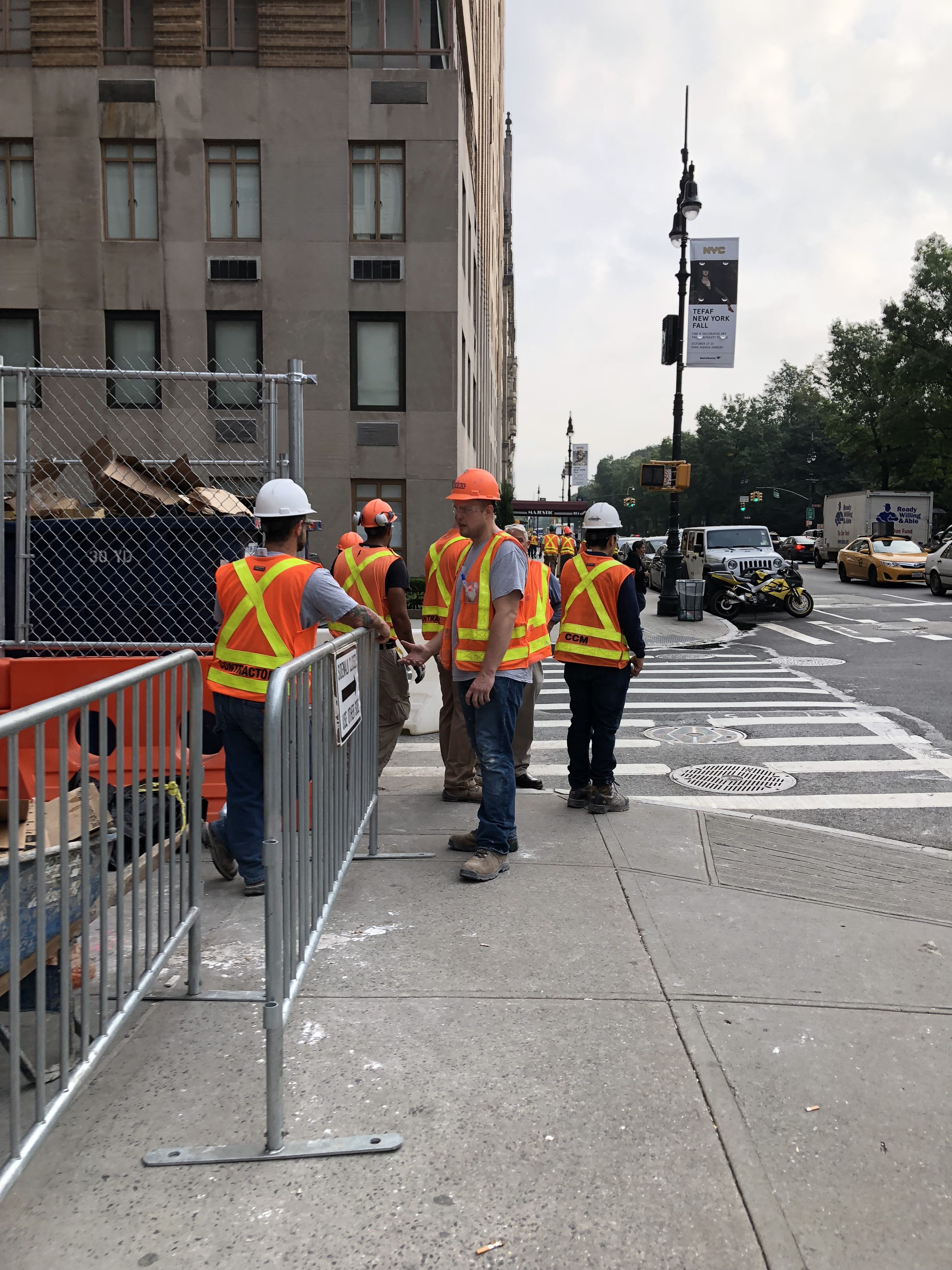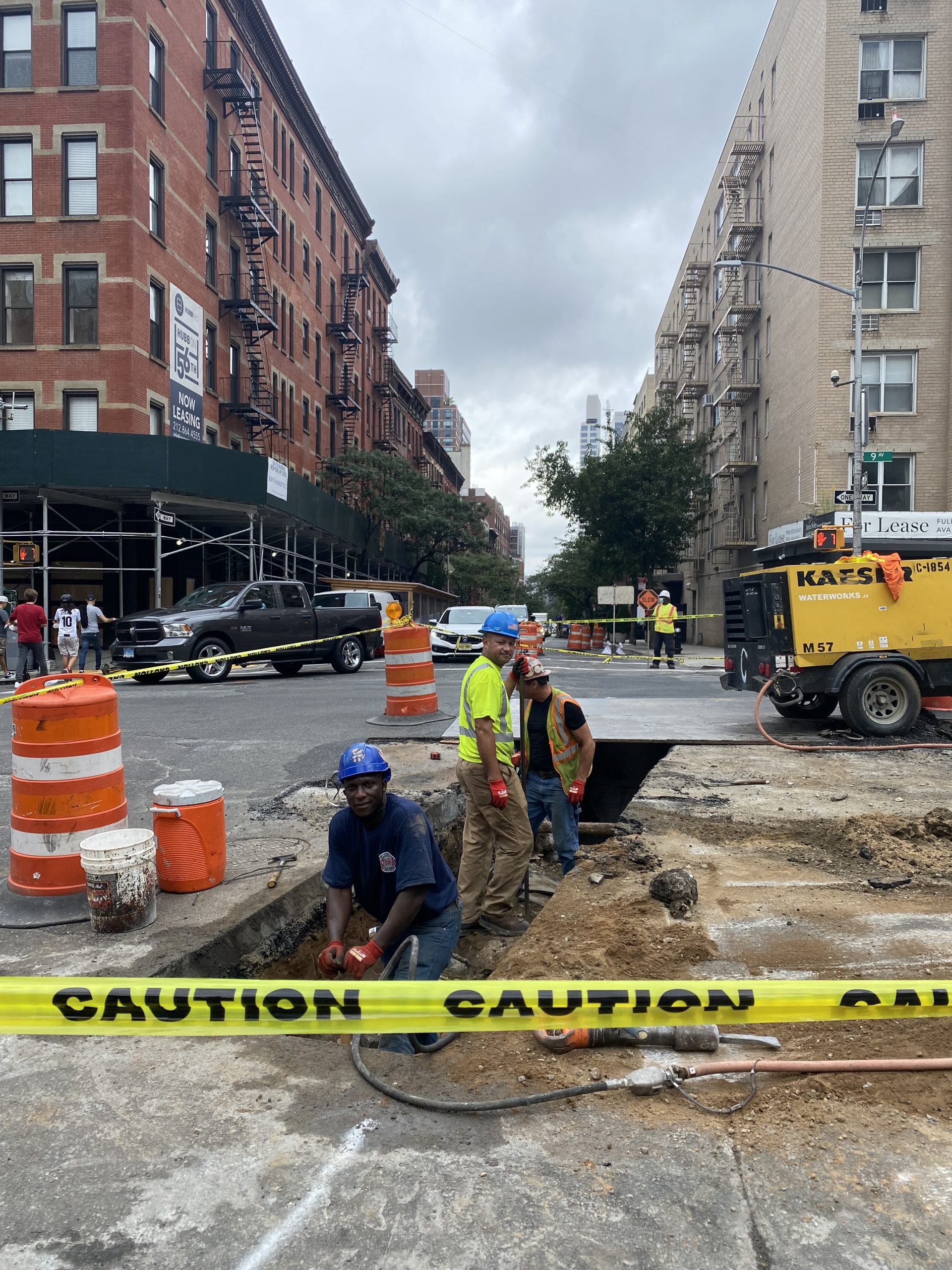 Under a transformative Biden administration policy, hundreds of laborers have stepped out of the shadows, informing on unscrupulous employers and, in return, receiving something invaluable: legal work permits and protection from deportation.
Under a transformative Biden administration policy, hundreds of laborers have stepped out of the shadows, informing on unscrupulous employers and, in return, receiving something invaluable: legal work permits and protection from deportation.
This policy, which focuses on protecting workplace whistleblowers and aiding prosecutors, has changed the lives of many, including José Moncada and a welder known only as Alejo. Moncada, who suffered a wrist injury on the job, and Alejo, who experienced a near-devastating eye injury, both faced directives from their foremen to conceal the true nature of their injuries to avoid compensation claims. Despite the risks, they chose to come forward, working with law enforcement to expose the fraudulent practices of their employers. Their bravery was rewarded not just with the satisfaction of justice but with the legal right to work in the U.S., a privilege they had been denied for over a decade due to their undocumented status.
The heart of this policy is deferred action, a form of discretionary relief that allows immigrants who have been exploited at work or who have cooperated with law enforcement investigations to apply for protection from deportation and work permits. This policy not only acknowledges the valuable contributions of immigrant workers but also provides them with a pathway to emerge from the exploitation prevalent in the underground economy. It’s a clear message: their rights matter, and they no longer need to live in fear.
 New York Personal Injury Attorneys Blog
New York Personal Injury Attorneys Blog


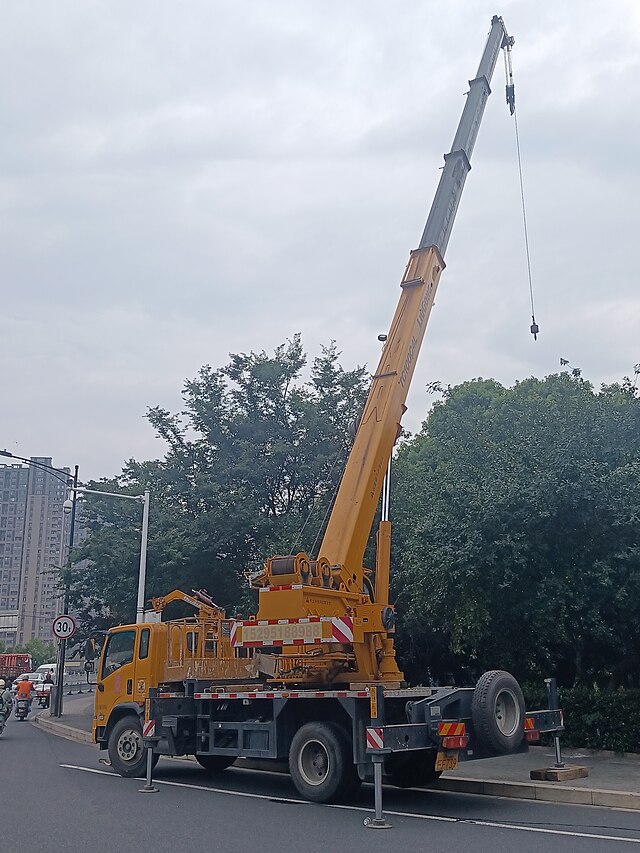

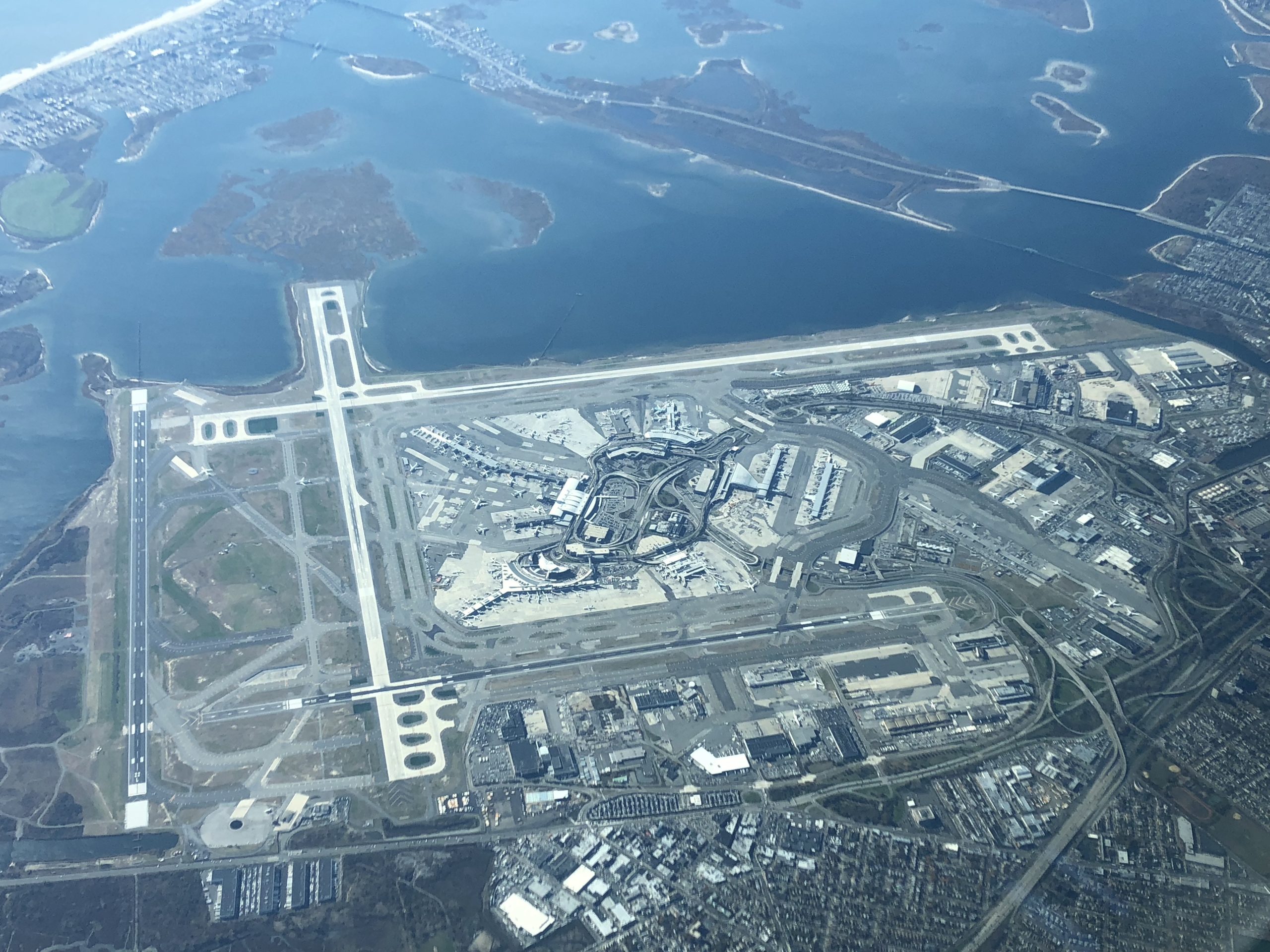
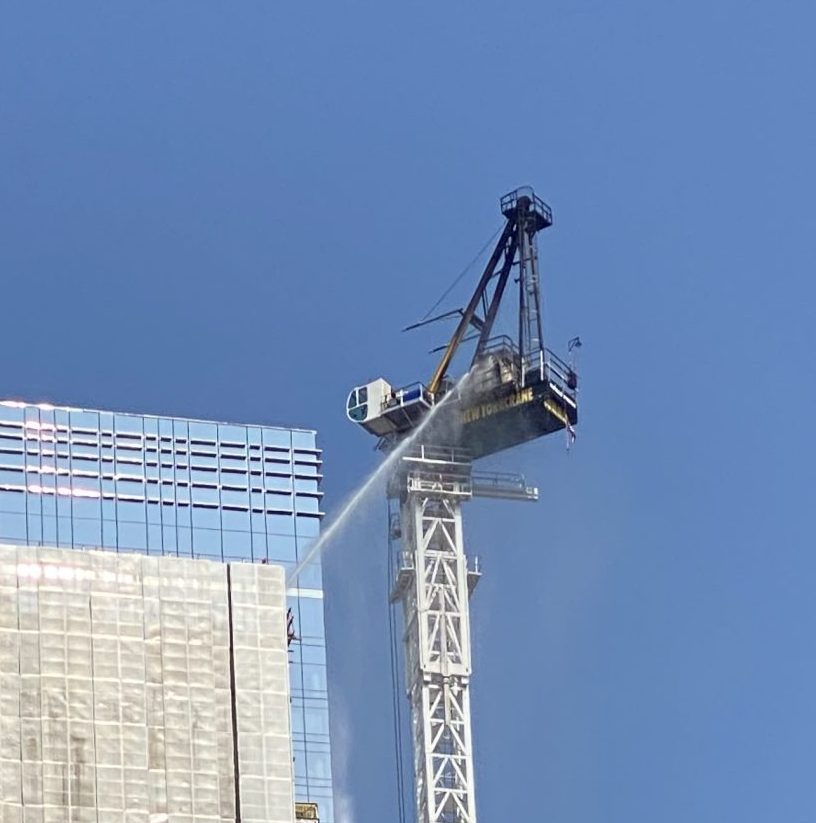
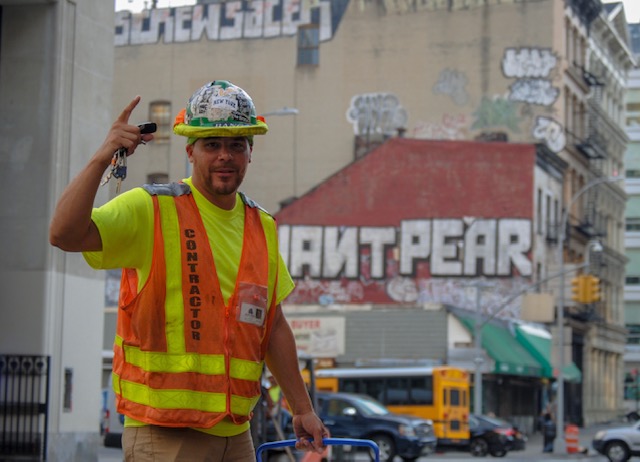
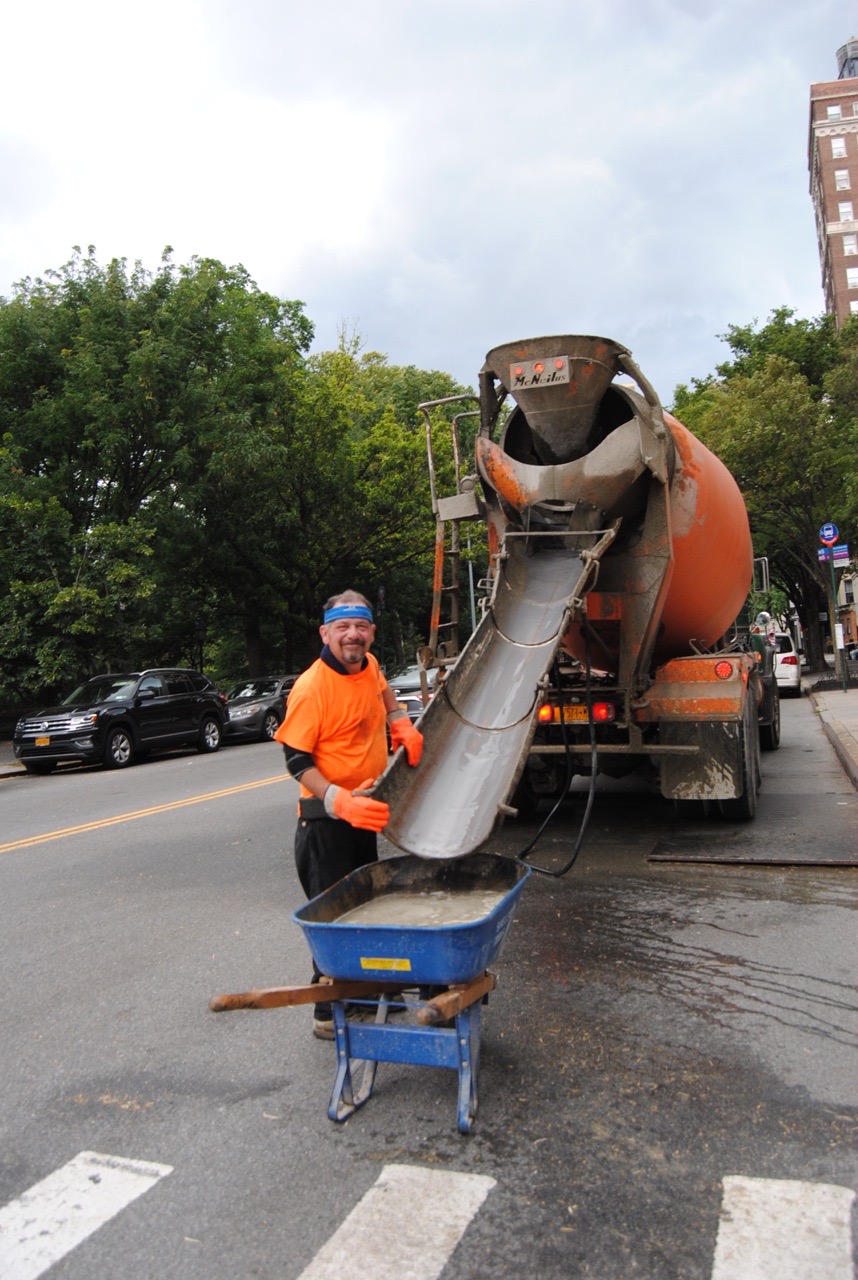 This week is “Construction Safety Week”, an annual awareness campaign to reduce construction accident injuries and fatalities. As
This week is “Construction Safety Week”, an annual awareness campaign to reduce construction accident injuries and fatalities. As 